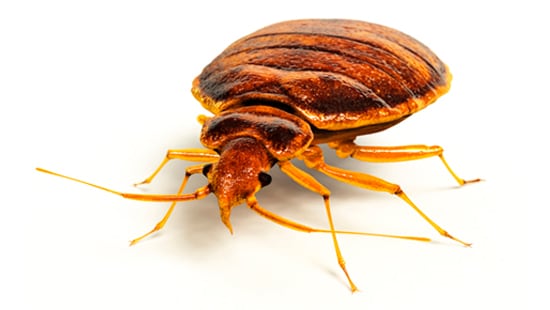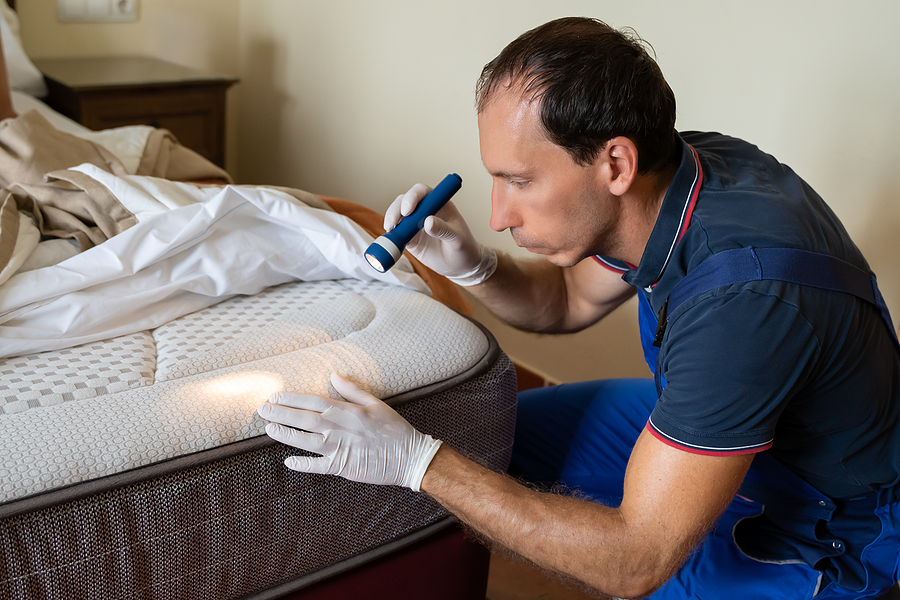Find the Best Exterminator Near Me: Fast and Efficient Pest Control Services
Find the Best Exterminator Near Me: Fast and Efficient Pest Control Services
Blog Article
Get Educated Regarding the Sorts Of Pest Control Approaches and Their Advantages for House Owners
Comprehending the various parasite control approaches offered to property owners is important for reliable bug administration. From chemical and biological strategies to cultural and mechanical techniques, each technique presents unique advantages that can dramatically affect both health and ecological safety. Home owners that are well-informed can make critical options that not only address parasite problems but likewise enhance the general quality of their living setting. As we explore these approaches even more, it comes to be clear that the decision-making process entails greater than simply instant outcomes; it touches on lasting sustainability and health. What elements should affect these important choices?
Chemical Parasite Control Methods
Chemical pest control methods are an important component of integrated bug monitoring techniques for home owners seeking efficient remedies to pest problems. These methods include the application of chemical compounds designed to get rid of or hinder parasites that threaten personal property, health, and comfort. Typical chemicals utilized consist of pesticides, fungicides, rodenticides, and herbicides, each customized to target certain bugs.
The primary advantage of chemical insect control is its fast performance; many formulations offer immediate results, reducing pest populations significantly in a short time. Additionally, advances in chemical formulations have resulted in products that are more eco-friendly and have reduced toxicity levels for non-target organisms when used correctly.

Biological Parasite Control Techniques
All-natural parasite control techniques have gotten prominence as property owners look for more secure and extra lasting alternatives to conventional chemical methods. Biological insect control strategies utilize natural predators, parasites, or microorganisms to manage pest populaces efficiently. This method is not just eco-friendly yet additionally lessens the risk of damage to non-target species, including beneficial bugs and wild animals.
One of the most common biological control methods entails introducing natural killers into the environment. For instance, ladybugs can be used to manage aphid populations, while nematodes target soil-dwelling insects like grubs. In addition, parasitoids-- microorganisms that live on or within a host-- can be used to control specific insect species by laying eggs inside them, ultimately bring about their death.
One more method is the use of biopesticides, which are originated from all-natural products such as bacteria, plants, or minerals (bed bug exterminator). These items can effectively target bugs while posing minimal threat to people and animals. On the whole, organic bug control techniques offer property owners with an efficient methods of insect administration that aligns with environmental concepts, promoting a much healthier living atmosphere while reducing reliance on artificial chemicals
Mechanical Bug Control Techniques
Mechanical pest control methods encompass a variety of techniques that literally prevent or remove insects without the usage of chemicals. These techniques are specifically valuable for homeowners looking for eco-friendly options while making certain the security of their home.
One usual approach is making use of barriers, such as nets, catches, and screens, which protect against insects from entering homes or specific areas. As an example, mounting window screens can efficiently keep pests out, while utilizing physical obstacles around yards can prevent larger bugs like bunnies or deer. Additionally, mechanical traps designed for rodents can record and remove these pests without the need for this website harmful materials.
Another efficient approach entails using brooms and vacuums to get rid of pests straight from surface areas. Routine cleansing and maintenance can dramatically lower bug populaces by getting rid of food sources and hiding spots. Using tools like ultrasonic parasite repellents can hinder numerous parasites with audio waves that are undesirable to them yet inaudible to humans.
Social Bug Control Practices
Cultural insect control practices concentrate on customizing the setting and monitoring techniques to develop problems that are much less helpful to pest invasions. These practices are fundamental in maintaining a balanced ecosystem and reducing the dependence on chemical interventions. By modifying farming methods, house owners can effectively hinder insects while promoting plant health.
One usual method includes crop rotation, which interrupts the life cycles of bugs by altering the types of plants expanded in a mice problems certain area (bed bug exterminator). This not only decreases pest populaces however likewise boosts dirt wellness. In addition, intercropping-- planting varied plants in closeness-- can confuse insects and lower their capacity to locate their recommended host plants
Water management is another essential facet of social methods. Correct irrigation methods can prevent standing water, which offers as a breeding place for insects and other bugs. Preserving tidiness in and around the home, such as frequently removing particles and food waste, can considerably reduce bug tourist attraction.
Incorporating these cultural practices right into an extensive bug management approach allows house owners to produce a setting that naturally hinders insects, therefore enhancing the efficiency of other control techniques while advertising sustainable horticulture and landscaping.

Integrated Bug Monitoring Approaches
Integrated Parasite Monitoring (IPM) represents an alternative method that incorporates numerous techniques to successfully handle insect populations while reducing ecological effect. This approach integrates biological, cultural, physical, and chemical methods to attain sustainable bug control. By examining pest populations and their all-natural adversaries, IPM highlights monitoring and recognizing insects prior to applying control measures.
One of the core principles of IPM is the usage of limits, which establish the degree of pest task that warrants treatment. This guarantees that therapies are applied just when essential, lowering the reliance on chemical pesticides. Biological control approaches, such as visite site introducing all-natural predators or parasites, operate in combination with cultural techniques like crop rotation and habitat control to interfere with pest life process.
In addition, IPM urges the usage of least-toxic chemical options when treatment is essential, focusing on items that pose minimal danger to non-target organisms and the setting. For property owners, taking on IPM comes close to not only enhances the efficacy of bug monitoring however likewise promotes a much healthier living environment, promoting biodiversity and reducing chemical direct exposure. Eventually, IPM encourages homeowners to make educated choices that balance pest control with ecological responsibility.
Verdict
In conclusion, recognizing the numerous parasite control methods equips home owners to make enlightened choices regarding pest administration. Each approach-- chemical, biological, mechanical, social, and incorporated insect administration-- provides distinctive benefits that cater to different demands and choices.
Recognizing the different insect control approaches available to house owners is vital for reliable insect administration.Chemical parasite control techniques are a critical element of integrated parasite monitoring methods for homeowners seeking reliable services to pest invasions. Generally, biological insect control methods offer property owners with a reliable methods of bug management that aligns with eco-friendly concepts, advertising a healthier living environment while lowering dependence on artificial chemicals.
Cultural bug control techniques focus on modifying the environment and administration techniques to develop problems that are less favorable to pest infestations.In conclusion, recognizing the different pest control methods encourages house owners to make educated decisions concerning pest management.
Report this page